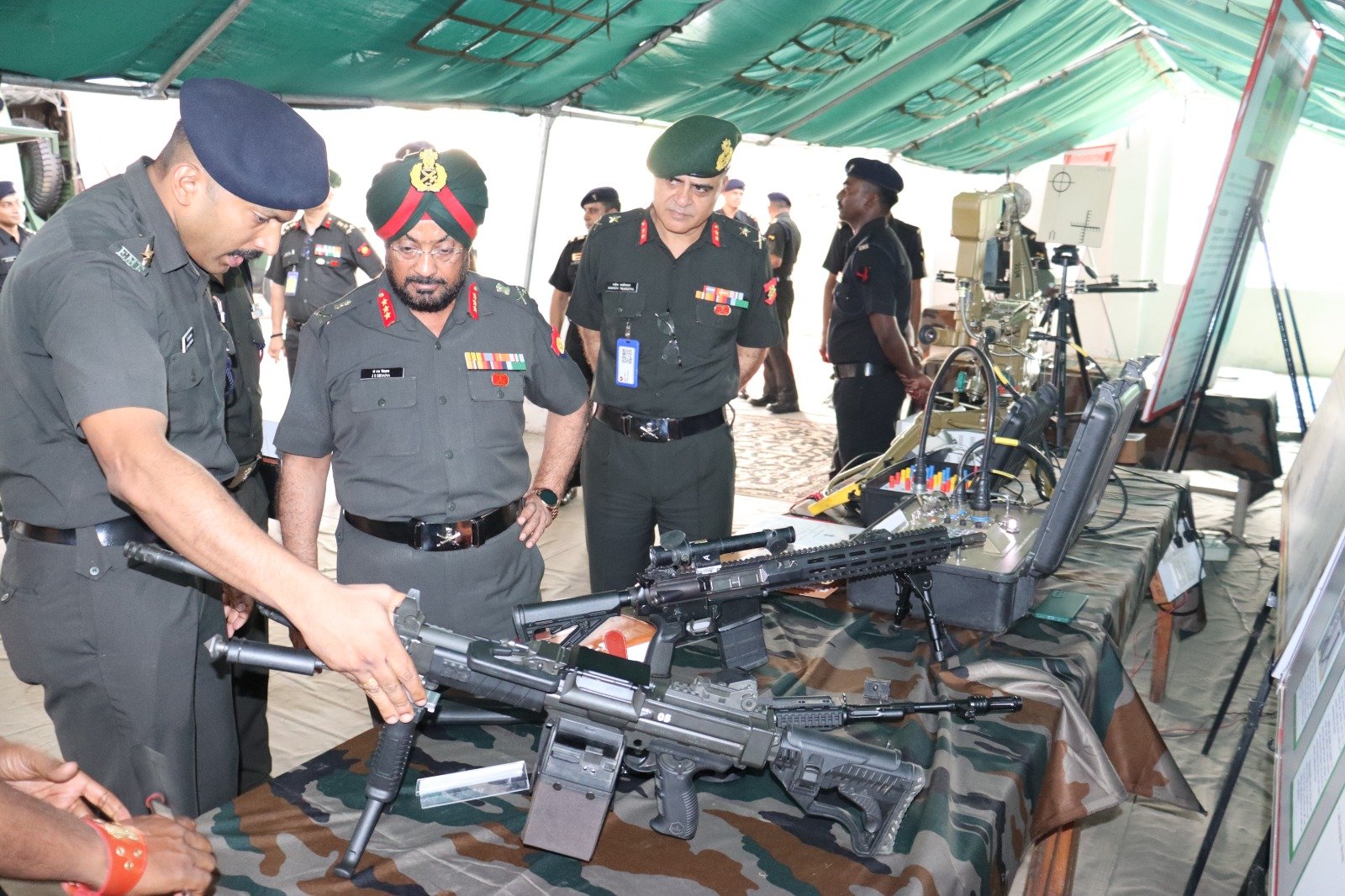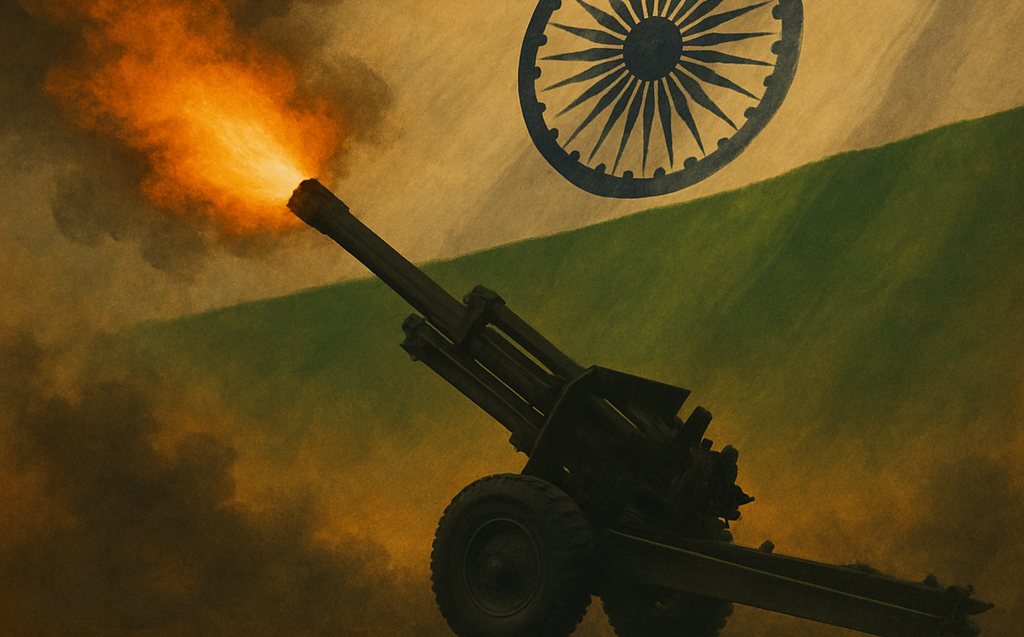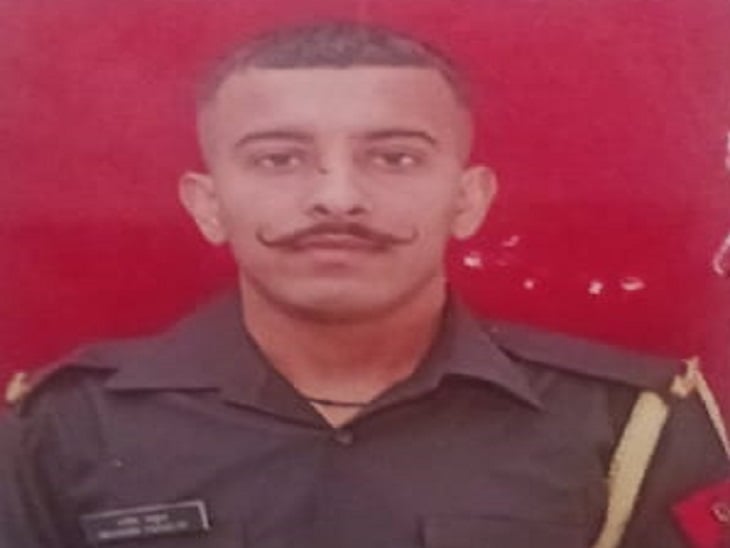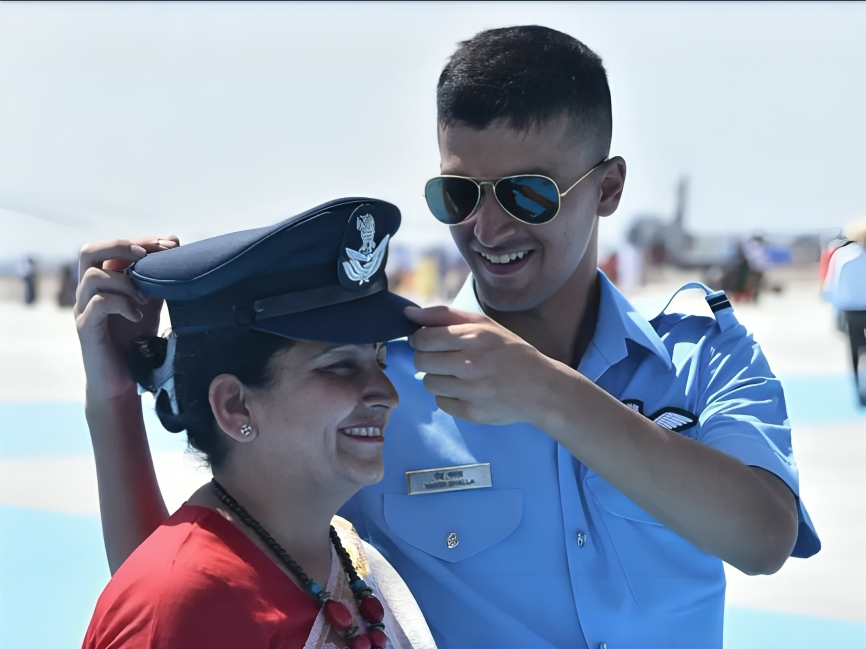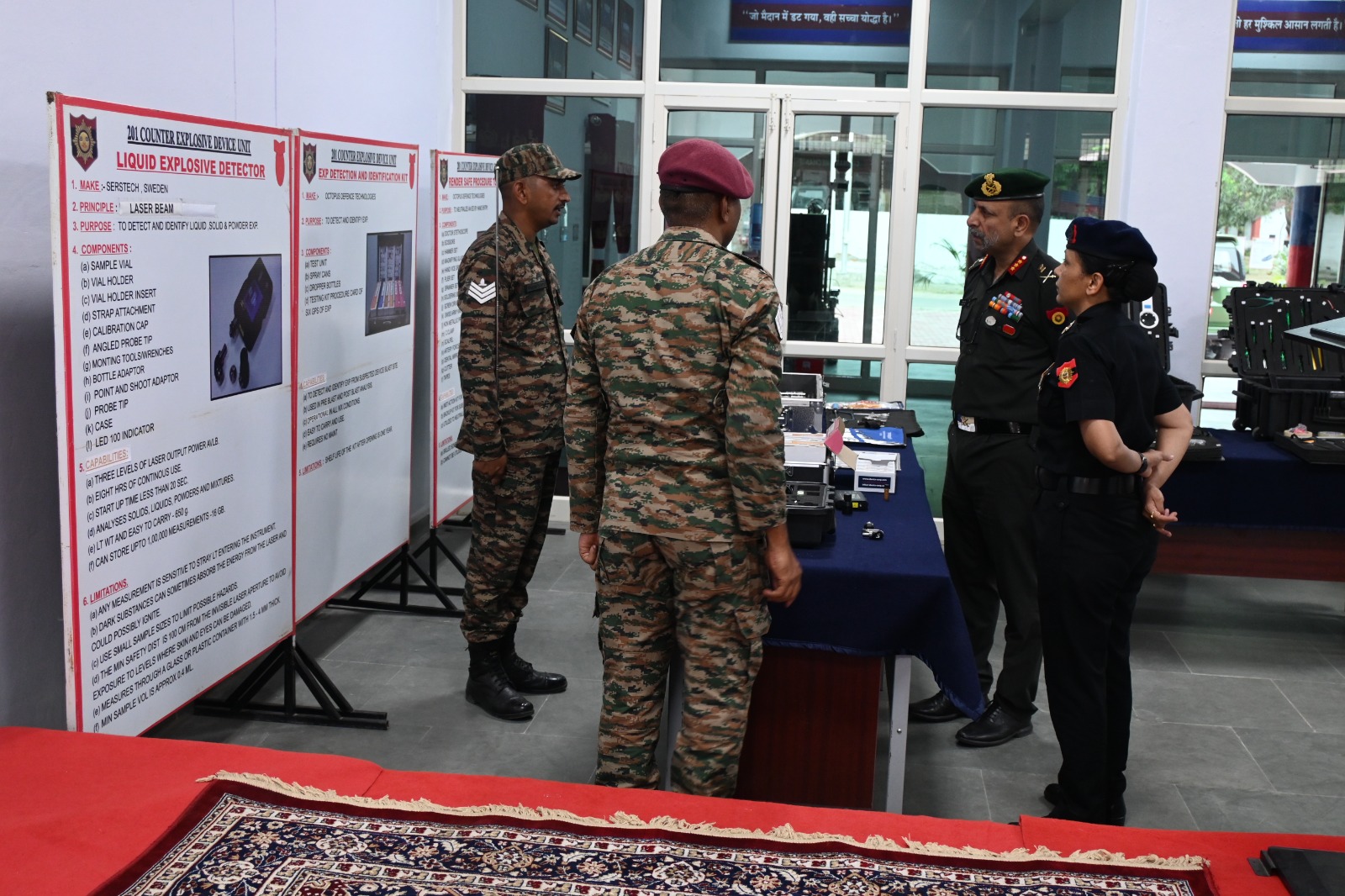DGEME Meets Central Command Chief in Lucknow to Review Operational Readiness
In a key development underscoring the Indian Army’s focus on technological preparedness and operational efficiency, Lieutenant General JS Sidana, Director…
Why Do Martyrs Get a 21-Gun Salute? The History and Honour Behind It
Across the world, the 21-gun salute is the ultimate military honor, accorded to heads of state and celebrated fallen heroes.…
Himachal’s Lance Naik Manish Thakur Martyred in Sikkim Landslide
A wave of mourning swept across Baraban village in Himachal Pradesh’s Sirmaur district as news broke of Lance Naik Manish…
AFCAT 2 2025 Applications and Exam Dates (Out Now)
The AFCAT 2 2025 Notification is out, announcing 284 vacancies across the Flying and Ground Duty branches. The online application…
Japan Reportedly Offers Advanced IHI XF9-1 Jet Engine for India’s AMCA Stealth Fighter Program
As per IDRW, in a significant boost to India’s indigenous defense manufacturing goals, Japan has offered its cutting-edge IHI XF9-1…
Lt Gen Vikas Rohella Lauds Bombay Sappers’ 201 CEDU for Excellence in Counter-Explosive Training
Lieutenant General Vikas Rohella, Director General of Land Warfare and Equipment (DGLWE) and Colonel Commandant of the Bombay Sappers, visited…

